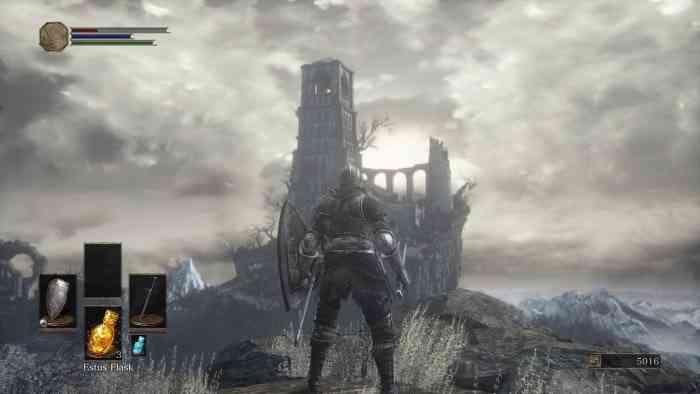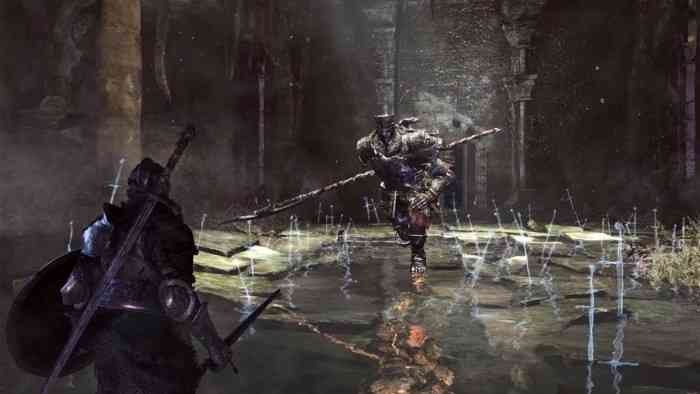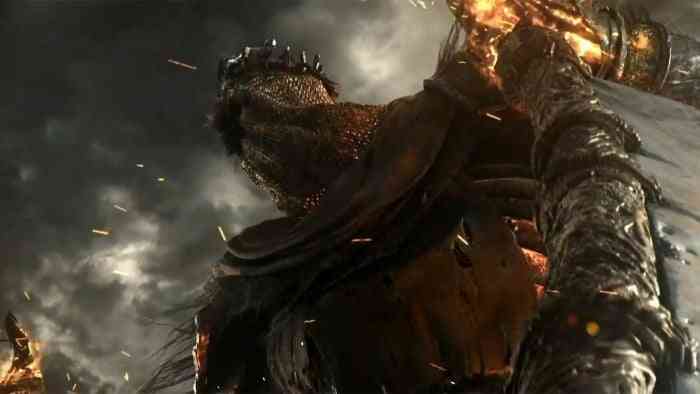Dark Souls 3, Through the Eyes of a New Comer to the Series
Dark Souls 3 is my first FromSoft game, which is admittedly due to my fear of its difficulty. I am easily frustrated and, knowing this, I tend to ignore games with a reputation for causing rage. But with Dark Souls 3, I decided to work through that initial pain and somewhere around eight hours, I finally began feeling like I was in control. After that, I came to the realization that the Dark Souls series feels intrinsically different than most games.

Most AAA games are moving closer and closer to feeling like books or movies. Stories are getting progressively more complex and, are in many ways, comparable to most non-interactive mediums. This is good, and I love playing through games like BioShock Infinite and The Last of Us, but that isn’t the only way to provide narrative. Complexity does not always mean depth and many games with complex plots provide very little intellectual stimuli.
Dark Souls feels more like poetry than prose. Instead of explaining the story, or the world, or even the RPG mechanics, the game requires you to figure it out. Good poetry requires work to de-construct but provides powerful emotion resonance. In short, Dark Souls makes me think, and it makes me feel.
______________________________
“Every time I found a new secret or stood atop a jagged rock face overlooking a bottomless chasm, I felt like an adventurer.”
Early on, I had to work for every single inch of progress I made. But every time I found a new secret or stood atop a jagged rock face overlooking a bottomless chasm, I felt like an adventurer. I never feel like that playing games any more! Most games provide a rather classic narrative form which appears separate from the world you’re playing in. The gameplay in Dark Souls is all you get and the beautiful imagery is not part of a cut scene. It is integrated into the moment to moment exploration and is as equally earned by the player as their victories. Each area provides thought provoking challenges you need to study to overcome leading to a sense of catharsis you just can’t get elsewhere. When you step away from it and look back the game seems more like a series of stanzas full of powerful visualization then it does a structures narrative.

Poetry works off of striking language which evokes powerful sensations, sights sounds and feelings. The effects are compounded but not always clearly structured. The areas of Dark Souls 3 add to each other but do not always seem to fit a narrative structure. Each one stands out visually, and evokes a specific tone. The individual combat sequences play off of each other like couplets, the stages create stanzas. Pauses are naturally created by trips to the Firelink Shrine to find momentary solace and reflection while the mood of the overall piece fluctuates with every victory, and every death.
The Dark Souls series is uniquely satisfying and if you time it provides the same sort of catharsis as a bit of modernist angst. I have a hard time comparing it to anything else, it doesn’t feel like The Lord of the Rings or Game of Thrones, it reminds me of T.S Eliot’s The Waste Land. I love that comparison, partially because I know Eliot would hate being compared to something so popular and partially because it is so fitting. Mysterious, obtuse, at times cruel, but ultimately rewarding. Worthy of the time they take to master because being shown the way is easy but discovering your path is empowering.

This is a lesson many aspiring game designers should take to heart – we don’t always have to ape the structure of prose or cinema. Some games, some feelings, are better represented in a looser, more visceral structure. In an interactive medium, show don’t tell is even more important and future games will have to challenge players both mentally and emotionally if they want to stand out as art.
“These fragments I have shored against my ruins”
T.S Eliot